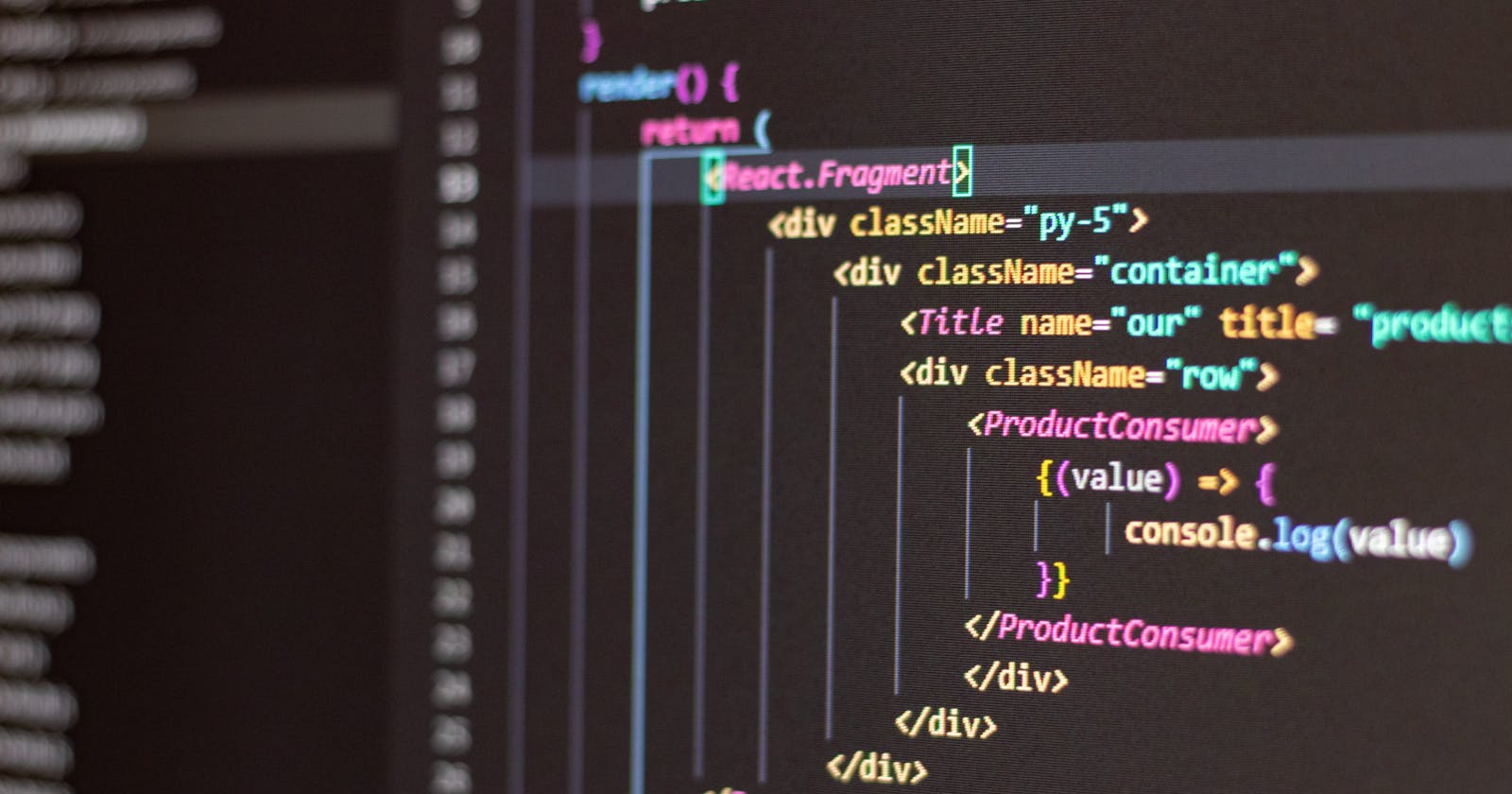Table of contents
No headings in the article.
Client-side scripting is a powerful way to add dynamic behavior to web pages. It involves writing JavaScript code that runs in a user’s web browser to modify the content and behavior of a web page. In this blog post, we’ll explore what client-side scripting is, how it works, and provide some examples to help you get started.
What is Client-Side Scripting?
Client-side scripting refers to the use of scripts that run in a user’s web browser to modify the content and behavior of a web page. JavaScript is the most common language used for client-side scripting, but other languages like TypeScript and CoffeeScript can also be used.
Client-side scripting is useful for creating interactive user interfaces, validating user input, and creating dynamic effects like animations and transitions. It allows web developers to create more engaging and dynamic web pages, and can often enhance the user experience of a website.
How Does Client-Side Scripting Work?
Client-side scripting involves writing JavaScript code that is executed in a user’s web browser. When a web page is loaded, the browser downloads the HTML, CSS, and JavaScript files that make up the page. The JavaScript code is then executed in the browser, modifying the HTML and CSS to create the desired behavior and effects.
Here is an example of client-side scripting in action:
<!DOCTYPE html>
<html>
<head>
<title>Client-Side Scripting Example</title>
<script>
function greetUser() {
var userName = document.getElementById("nameInput").value;
alert("Hello, " + userName + "!");
}
</script>
</head>
<body>
<label for="nameInput">Enter your name:</label>
<input type="text" id="nameInput">
<button onclick="greetUser()">Greet me!</button>
</body>
</html>
In this example, we’ve created a simple form with a text input and a button. When the user clicks the button, the greetUser() function is called. This function retrieves the value of the text input and displays an alert with a personalized greeting.
Why is Client-Side Scripting Important?
Client-side scripting is important because it allows web developers to create more interactive and engaging user interfaces. By modifying the HTML and CSS of a web page, developers can create dynamic effects like animations and transitions, validate user input, and create responsive user interfaces that update in real-time.
Examples of Client-Side Scripting
Here are some examples of how client-side scripting can be used in web development:
Form validation – Client-side scripting can be used to validate user input in forms, checking for errors like missing fields, invalid email addresses, and more.
Interactive user interfaces – Client-side scripting can be used to create interactive user interfaces that respond to user actions like clicks, taps, and swipes.
Dynamic effects – Client-side scripting can be used to create dynamic effects like animations and transitions, adding visual interest to a web page.
Conclusion
Client-side scripting is a powerful way to add dynamic behavior to web pages. By writing JavaScript code that runs in a user’s web browser, developers can create interactive user interfaces, validate user input, and create dynamic effects like animations and transitions. With the popularity of JavaScript and the abundance of libraries and frameworks available, client-side scripting has become an essential skill for web developers.
If you have any questions regarding this blog please feel free to comment or drop me a message directly. You can find more of my blogs at devianinfo.wordpress.com
